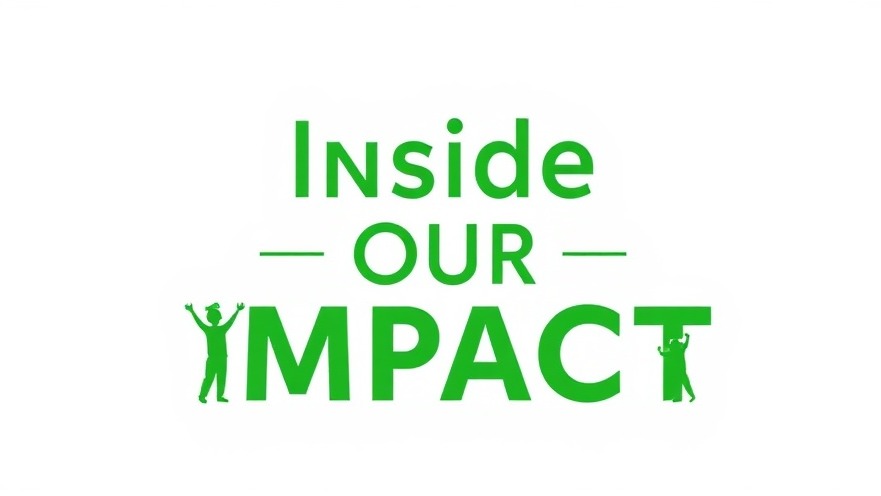
Understanding the Crisis in U.S. Corrections
The landscape of U.S. correctional facilities is staggering, with around 1.8 million individuals currently incarcerated amidst staff shortages and financial constraints. This dual challenge of ensuring safety while balancing rehabilitation efforts has reached a critical point. According to the American Correctional Association, nearly half of correctional agencies are grappling with annual staff turnover of up to 30%. Many of these new hires leave within their first year, exacerbating an already dire situation within the corrections system.
The Role of Technology in Correctional Facilities
In this context, technology emerges as not just an accessory, but a cornerstone to operational success. The introduction of advanced digital solutions within these facilities can significantly bolster security and create more efficient workflows. Modern technology provides essential functionalities such as traceability, real-time monitoring, and secure biometric verification, making it possible to safely integrate devices into everyday operations.
Connecting Through Secure Cloud Platforms
One of the main advancements is the use of secure cloud platforms that allow incarcerated individuals to connect with educational and rehabilitation programs. This connectivity must be safeguarded, demanding technology that prioritizes privacy and compliance as critical features. Such platforms can reduce the physical toils of traditional infrastructure, allowing staff to concentrate more on their core responsibilities—safety and rehabilitation.
Enhancing Officer Safety with Digital Solutions
Security technologies also serve the ever-pressing need to protect officers working in these high-risk environments. Tools like rugged tablets provide immediate access to essential data, enhancing situational awareness. Officers benefit from real-time alerts and centralized communication—a strategy shown to significantly streamline daily tasks and improve the overall safety within the facilities.
Statistics Reflecting Improvement
Some correctional facilities have already reported measurable improvements following the implementation of digital technologies. A notable example includes the Niagara County Correctional Facility, which saw a 22 percent reduction in infractions post-adoption of Securus tablets. Moreover, officers reported experiencing a reduced level of tension and an enhanced sense of control, showcasing the far-reaching impacts of modern technology on safety and order.
The Future of Corrections Technology
As we look ahead, the integration of technology in the corrections sector is not just about efficiency; it is fundamentally about transforming lives. The ability to connect inmates with educational resources or therapeutic programs through secure technologies could dramatically reduce recidivism rates, signaling a shift towards a more rehabilitative approach in corrections.
In light of these insights, law enforcement professionals, policymakers, and academic researchers should advocate for continued investment in technology. Embracing these advancements is a necessary step toward creating safer, more effective correctional environments.
 Add Row
Add Row  Add
Add 

 Add Element
Add Element 




Write A Comment